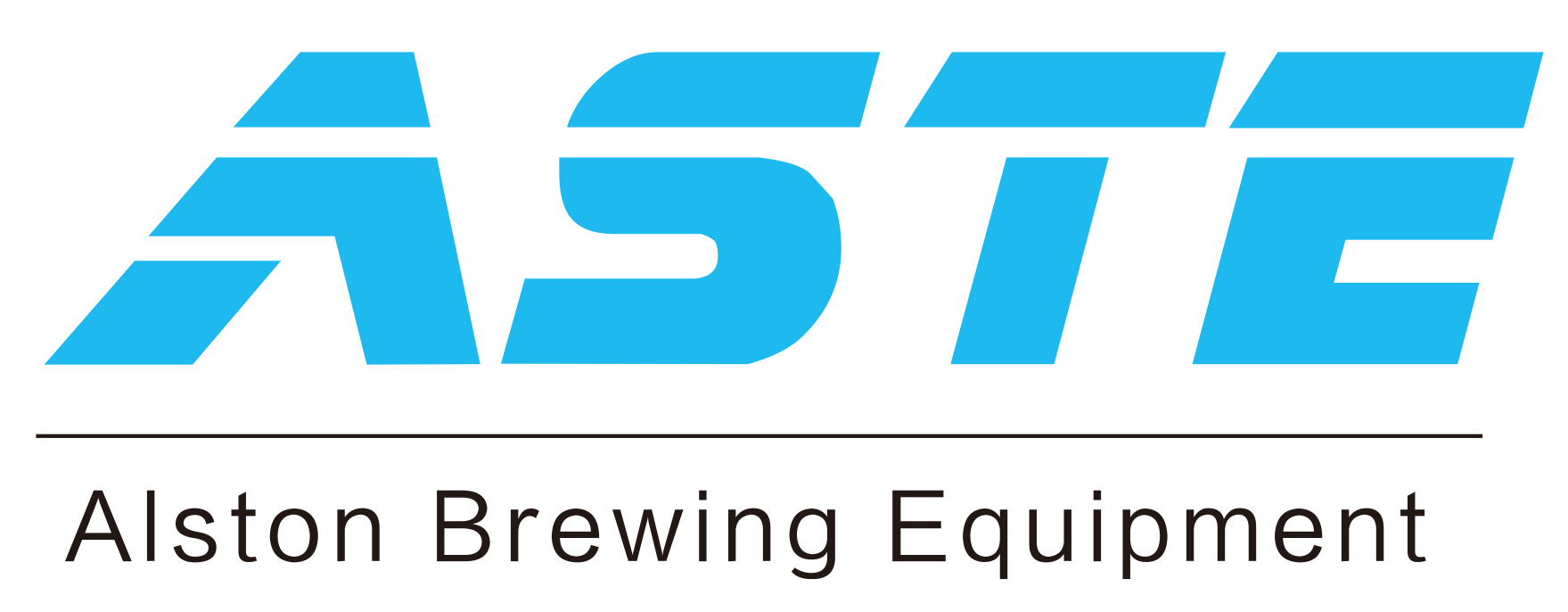The wort needs to be quickly cooled to the temperature required for yeast inoculation before entering the fermenter.
This process can be completed by using a plate heat exchanger(PHE).
However, many people are confused about whether to choose one-stage or two-stage PHE.
Two-stage PHE: Use city water to reduce the temperature of wort to 30-40 ℃ in the first stage, then use glycol water to cool wort to the required fermentation temperature in the second stage.
When using two-stage PHE, the glycol tank&chiller should be equipped with a larger cooling capacity, because there will be a peak load during the second stage of cooling.
One-stage: One stage is to use cold water to cool. The cold water is cooled to 3-4℃ by glycol water, and then use cold water to cool the wort.
After the cold water exchanges heat with the hot wort, it becomes 70-80 degrees hot water and is recycled into the hot water tank to save heat energy.
For large brewery with multiple batches of mashing per day, one-stage is generally used to save heat.
The wort cooling process is to use cold water, and there is no peak load of glycol water, so it is enough to equip smaller glycol tank&chiller to cool the fermentation tank.
One-stage PHE must be equipped with hot water tank and cold water tank.
The hot water tank and cold water tank should be twice as large as the brewhouse.
Two-stage PHE does not need to be equipped with a cold water tank, but the glycol tank needs to be equipped with a larger capacity.
Cheers!!
 Jinan Alston Equipment Co.,Ltd.
Jinan Alston Equipment Co.,Ltd.